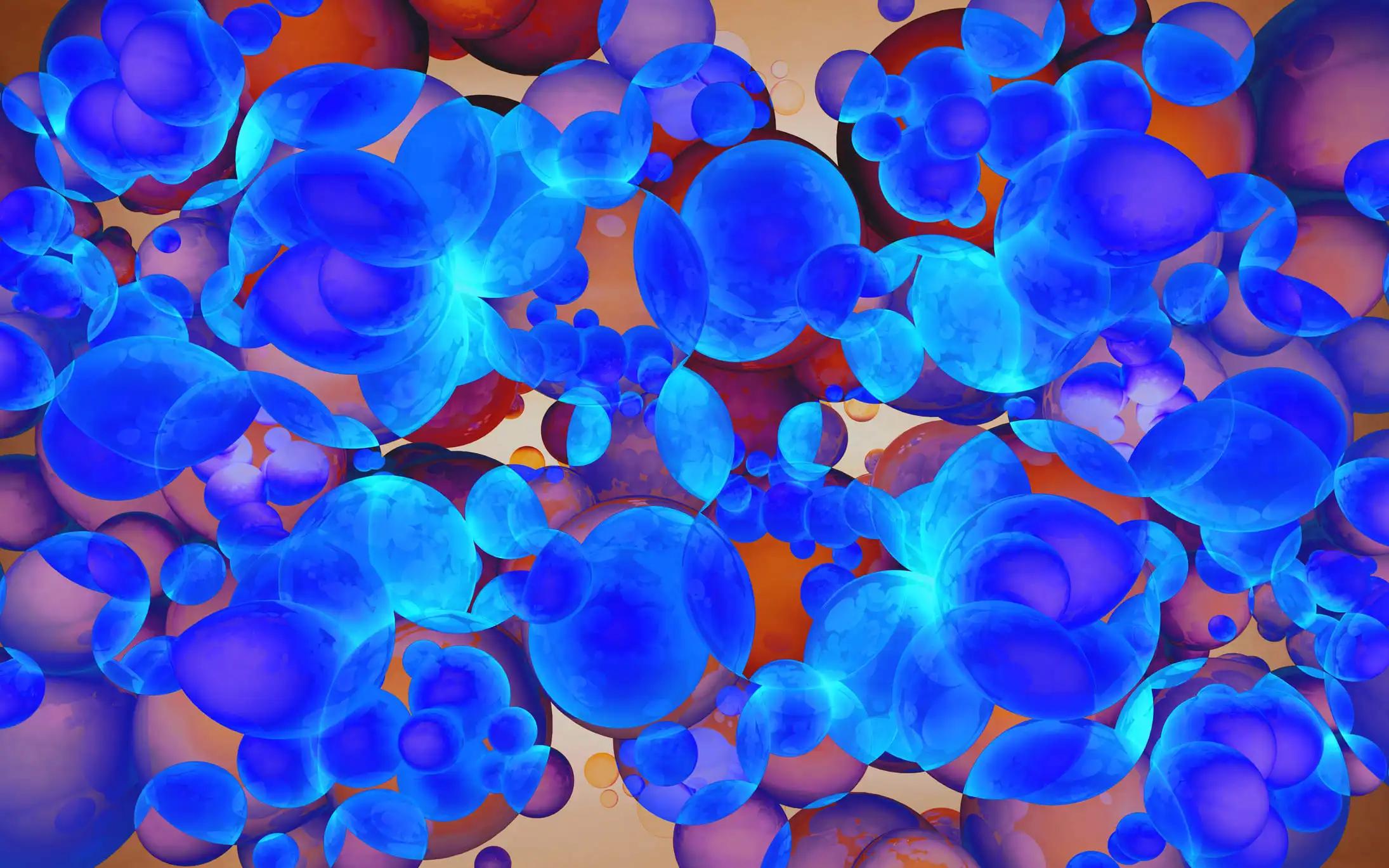KEY TAKEAWAYS
- The phase 3 study’s primary aim was to evaluate the influence of patient characteristics on the PK parameters of MIRV, DM4, and SmDM4 metabolite.
- The method involved a series of investigations in three studies that evaluated patient characteristics on the pharmacokinetic parameters of MIRV.
- The population PK model predicted low clearance and a long half-life for MIRV, and significant covariates include AIBW, albumin, and age.
- Renal or hepatic impairment and co-administration with CYP3A4 inhibitors did not significantly alter MIRV PK parameters.
- Population PK analysis supports 6 mg/kg AIBW dosing of MIRV, without the need for dosing adjustments in impaired populations.
The MIRV medication is an antibody-drug conjugate that includes a cleavable linker and maytansinoid DM4 payload. It is designed for patients with high-grade serious ovarian cancer who are FRα-positive. The medication binds to FRα and is considered a first-in-class treatment option. A series of investigations were carried out in three separate studies to evaluate the influence of patient characteristics on the pharmacokinetic (PK) parameters of MIRV, DM4, and S-methyl-DM4 (SmDM4) metabolite in patients diagnosed with FRα-positive tumors. A foundational prototype was formulated for Multiple Independently-targetable Reentry Vehicles (MIRV) and subsequently subjected to a gradual covariate exploration. Structural elements were incorporated to account for DM4 and SmDM4 concentration data while adjusting MIRV pharmacokinetic parameters. The ultimate semi-mechanistic model accounted for the saturation of MIRV and the payload metabolite elimination. The development of the model was founded on two comprehensive studies (n=445) that involved thorough sampling. The model was subsequently authenticated in a third study (n=98) that featured limited sampling.
The administered dosages were assessed within a range of 0.15 mg/kg to 7 mg/kg total body weight, with the ultimate recommended dose of 6 mg/kg adjusted ideal body weight (AIBW) every 3 weeks being administered to 87.8% of all patients. According to the population pharmacokinetic model, MIRV is expected to exhibit low clearance (CL), a small volume of distribution (Vd), and a prolonged elimination half-life (t1/2). The covariates that have shown statistical significance are AIBW, serum albumin, and age. The covariate of Tumor FRα expression did not yield significant results. The patient’s AIBW has demonstrated an effect on their clearance and volume of distribution. The impact of albumin was observed to be noteworthy on CL. However, no significant effect was observed on Vd. The influence of age on CL was negligible, whereas it was observed to be a minor covariate on Vd. At a dosage of 6 milligrams per kilogram of adjusted ideal body weight, the covariates do not necessitate any dose modification in relation to the exposures to MIRV. Given the half-life of 115 hours (4.8 days), it can be inferred that a steady state will be achieved in approximately 24 days.
No significant changes were observed in pharmacokinetics (PK) among patients with mild to moderate renal and mild hepatic impairment. The coadministration of weak, moderate, and strong cytochrome P450 3A4 (CYP3A4) inhibitors did not result in any clinically significant effects on the pharmacokinetic (PK) parameters of MIRV, DM4, or SmDM4. However, the effects of CYP3A4 inducers were not assessed. Population pharmacokinetics analysis indicates that the administration of MIRV at a dose of 6 milligrams per kilogram of adjusted ideal body weight is appropriate. This dosing regimen ensures that the levels of MIRV, DM4, and SmDM4 in the body remain within the desired therapeutic range. Dosage modifications would not be necessary for individuals with mild to moderate renal impairment or mild hepatic impairment.
Source: https://oncologypro.esmo.org/meeting-resources/esmo-congress/population-pharmacokinetic-pk-analysis-of-mirvetuximab-soravtansine-mirv-in-patients-with-folate-receptor-a-fra-positive-cancer
Clinical Trail: https://clinicaltrials.gov/ct2/show/NCT02631876
K.N. Moore, D. Lorusso, A. Oaknin, S. Pignata, H. Denys, N. Colombo, T. Van Gorp, J. Konner, M. Romeo Marin, P. Harter, C. Murphy, Y. Tu, F. Zhu, B. Esteves, M. Method, M.J. Birrer, R.L. Coleman, U.A. Matulonis, D. O’Malley/Population pharmacokinetic (PK) analysis of mirvetuximab soravtansine (MIRV) in patients with folate receptor α (FRα)-positive cancer/Annals of Oncology (2022) 33 (suppl_7): S235-S282. 10.1016/annonc/annonc1054



